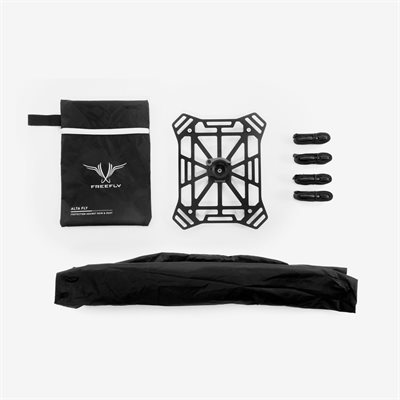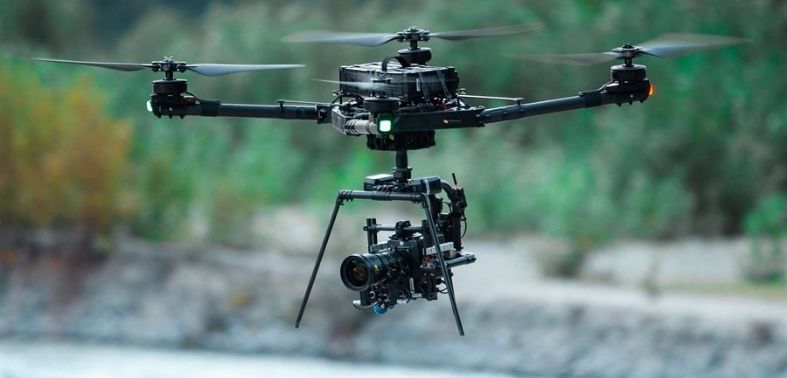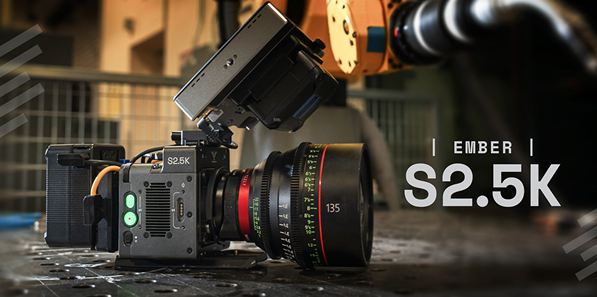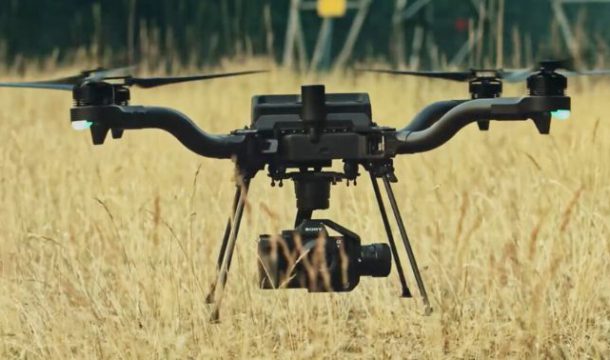It would be difficult to overstate the impact drones are having on the Australian economy and lifestyle.
According to the Australian Government’s Civil Aviation Safety Authority, there are more than 1,000 drone operator certificate holders in the nation, with thousands more signaling they intend to start using drones commercially soon.
One of the reasons drones have become so popular is because of their versatility—particularly when you consider how people and businesses are using drones with cameras.
When drones are able to capture footage, they can be used for anything from cinematography to land surveying to search and rescue.
At John Barry, we carry a number of drones and drone accessories featuring film-capture technology. So we’ve put together a list of things to consider before purchasing your next drone with a camera.
What to consider when shopping for a drone with a camera
Ready to start looking for a drone with a camera? Here is what to keep in mind as you browse your options.
What are you using it for?
You’ll be able to narrow down your choices quite a bit if you pause to think about what you plan to use the drone for. Are you purchasing it for personal use—more or less as a form of entertainment? If so, it might be best to start looking at recreational drones, like those in the DJI Mavic range.
Though these will have less capabilities, they’ll also be far more affordable than professional-grade drones.
If you are planning on purchasing a drone for commercial use, what you’re looking for will depend largely on the industry you are working in. Filmmakers need drones with cameras that can capture high-definition film, while those using drones for surveying may need something more durable and with longer-lasting flight power.
Once you know what you’ll be using the drone for, it will be easier to make a list of qualities for your purchase.
What do you need in terms of drone payload?
“Payload” refers to the amount of weight a drone can carry—something that is important to consider if you’re buying a drone with a camera, since many of these drones will carry a lens or other equipment.
For example, a drone known for its payload capacity is the Freefly ALTA X, often paired with the Freefly Movi Carbon to help stabilize camera footage.
This model is popular among film and TV crews thanks to its versatility—in addition to carrying gimbals and cameras, the drone can also carry lighting for night shoots, or thermal imaging systems and Lidars. These drones can also be used to deliver medical goods to remote areas, particularly when paired with Cargo Landing Gear.
Do you need real-time footage or thermal imaging?
Drones have come a long way in just the last few years, and there are now models that are highly advanced to assist users in industrial, agricultural, or government surveys.
Drones like the new Freefly Astro Compact Industrial Platform have some of the most impressive technology around—including some applications that can be very useful for mapping, inspection, and first responder services.
The drone’s Auterion feature allows you to integrate data and real-time video capture, along with thermal imagery. This makes it easier for drone operators to make fast, smart, and safe decisions while operating their drone with a camera.
What do you need out of a gimbal or lens?
If you plan on attaching your own camera to your drone, then you’ll need to put just as much time into selecting the right camera, lens, or gimbal for your needs.
It can often make sense to buy a camera that comes with special lenses for drone usage. For example, the Zenmuse X5 with lens can capture 4K video at up to 30 frames per second—an excellent choice if high-quality footage is a top priority for you.
How much battery life do you need?
How long do you want your drone to be able to fly and capture footage before it has to return to ground to charge? This is an important decision, because flight time can vary greatly depending on the model of drone you choose as well as the payload.
For example, the super-light Mavic mini can stay in the air for up to 30 minutes at a time when it has a fully charged battery. Most drones within the Freelfy family are going to get slightly less at around 20 – 25 minutes, depending on the payload.
To make sure your drone can always be charged and ready to fly, you may want to consider purchasing a battery pack like the Freefly Alta Flight Pack for rapid recharging.
How will you protect your drone?
Purchasing a drone is no small investment, so if you are going to spend the money on a high-quality drone with a camera, you want to make sure you have what’s needed to protect it!
There are plenty of accessories designed to keep your drone in working order for years to come. You can purchase propeller protectors to keep the most delicate parts of the drone safe, or rain covers to protect it from the elements.
Of course, if you plan to travel with the drone, you’ll want to purchase a hard case to keep it safe. You can also purchase a backpack case to make it easier to carry your drone with a camera to remote locations.
Have more questions about your next drone purchase?
We hope this guide has made it a bit easier for you to choose the right drone with a camera for your needs. But if you still have questions about finding the best drone, we’re here to help.
Feel free to contact our customer support or connect with us on social media, and we’ll be happy to answer your questions.
-
Freefly MoVI Carbon
Movi Carbon is the world’s first handheld and drone-mountable 5-axis camera stabilizer. We’ve miniaturized, optimized, and cut every gram of weight of our 5-axis design so you can shoot in the world’s most interesting places. Movi Carbon features two high-bandwidth inner axes which keep the camera perfectly stable in even the most demanding conditions at a full 240mm zoom.$ 97,398.99View Product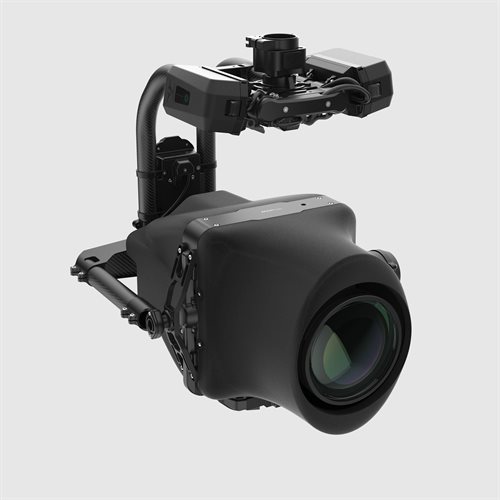
-
Freefly Cargo Landing Gear
Freefly Cargo Landing Gear provides Alta users with an expandable and adaptable platform to help speed the integration of their custom payloads. The Cargo Landing Gear can be used for package delivery, LiDAR setups, logging, LED lights, medical delivery, and just about anything in between.The system uses a modular clamping design based on 25mm and 15mm tubes that allows the user to customize the system quickly and easily. By purchasing shorter or longer 25mm or 15mm tubes users can make the gear fit their use case. The system includes the heavy-duty version of the Toad in the Hole Quick Release (4mm fasteners) along with a variety of M3 and M4 hard mounting points on the main payload mount. The main landing gear quick releases for easy pack down at the end of your mission. Accessory clamps, tubes, and a cargo tray are available to further optimize the cargo landing gear.$ 1,939.00View Product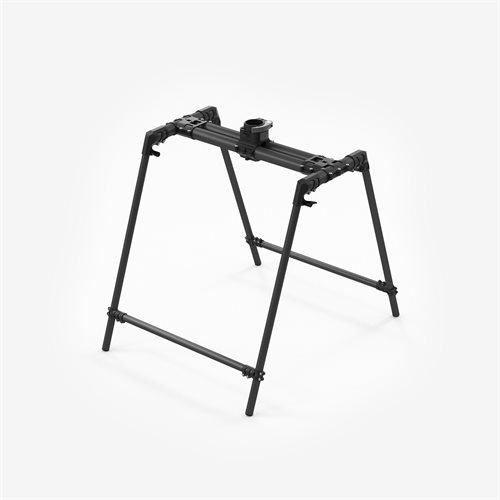
-
Freefly ALTA Flight Pack – 12Ah
Freefly Systems ALTA Flight Pack – 12Ah The ALTA Flight Pack is a high energy density lithium polymer battery pack designed for the Freefly ALTA aerial platform. Power your ALTA multi-rotor with batteries designed specifically for the system and recharge rapidly using an EC5-enabled LiPo battery charger, available separately.$ 611.00View Product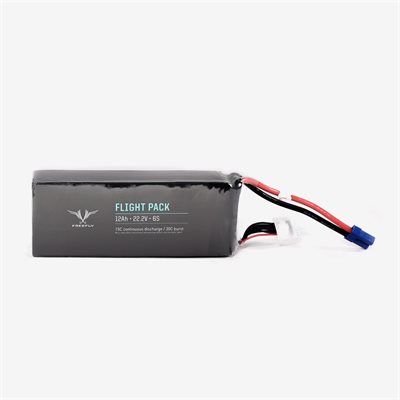
-
Freefly ALTA Prop Protectors
FREEFLY Propeller Protector for ALTA 6 & 8 Aerial Drones (10-Pack)$ 29.00View Product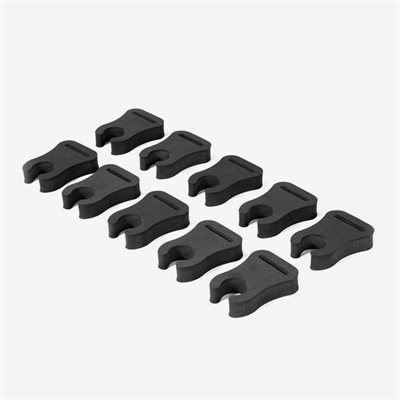
-
Freefly Alta X Case
Transport your Alta X all over the world in this tough hard case. The custom foam insert was designed and tested to keep your Alta X secure and safe, no matter how you ship or travel with it.$ 3,873.00View Product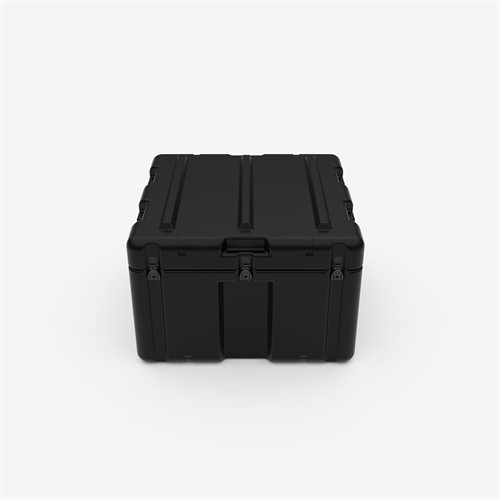
-
Freefly Freefly ALTA Backpack Kit
ALTA Backpack KitSecurely mount your ALTA 6 or ALTA 8 to a backpack for easy transportation around set or to remote locations. The backpack kit includes a sturdy carbon fiber plate with our Toad-In-The-Hole quick release, rubberized feet, and four straps to provide a variety of mounting options. Simply secure the plate to your pack using the straps, connect the ALTA using the TITH, and you are ready for your next adventure.The kit also includes a rain fly sized for both ALTA 6 and ALTA 8 for additional protection.The carbon fiber plate doubles as a stable platform for building out your ALTA on a work bench.Includes: Qty 1 – Carbon Fiber Plate with TITH and Rubber Feet Qty 4 – Straps Qty 1 – Rain Fly$ 776.00View Product